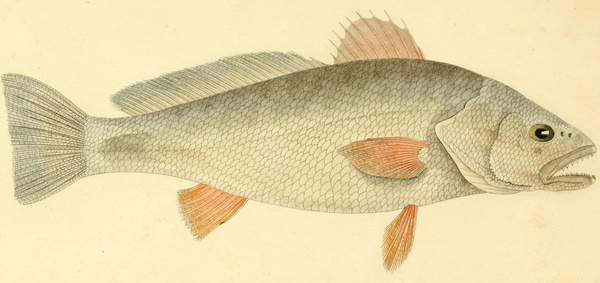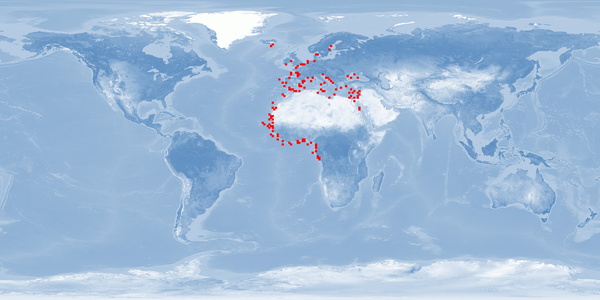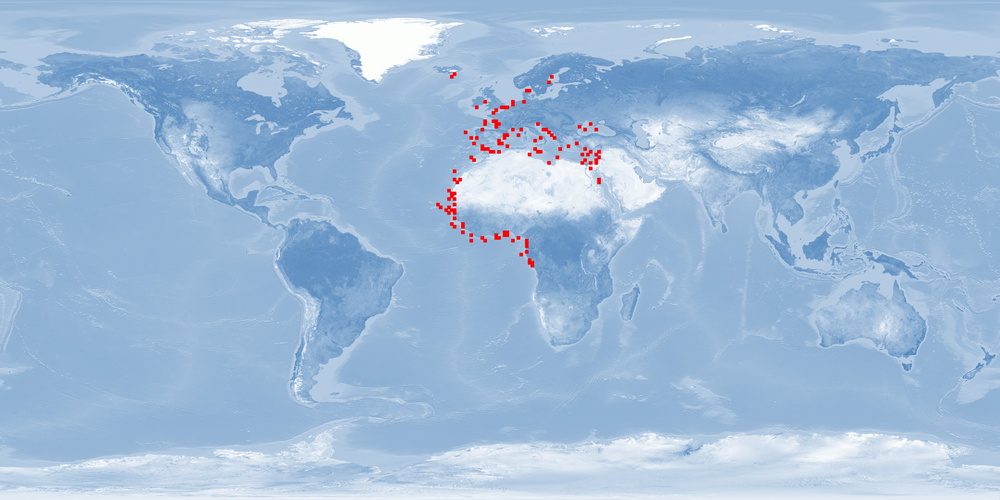Farming remarks
Agyrosomus regius is a migratory fish species which belongs to the Sciaenidae family. It is distributed in the Eastern Atlantic, from Norway to Gibraltar and Congo, and it is punctually present in some areas within the Mediterranean Sea. In the last decade, A. regius has become an increasingly important fish species to Mediterranean aquaculture. Several biological characteristics such as capability to withstand diverse environmental conditions, fast growth, and a good feed conversion rate when fed dry formulated feeds make A. regius an interesting candidate for aquaculture. Nevertheless, there are biological aspects such as the depth range and migration that would be difficult to respect in usual farming conditions. However, some of the present rearing conditions could be optimised to improve welfare. Stress responses to common farming conditions could be minimised using appropriate light conditions, densities, and diets according to the nutritional requirements of the species. Further research is needed on the development of a humane stunning and slaughter protocol, incidence of malformation, aggression, and substrate needs.
For details see: WelfareCheck | farm












